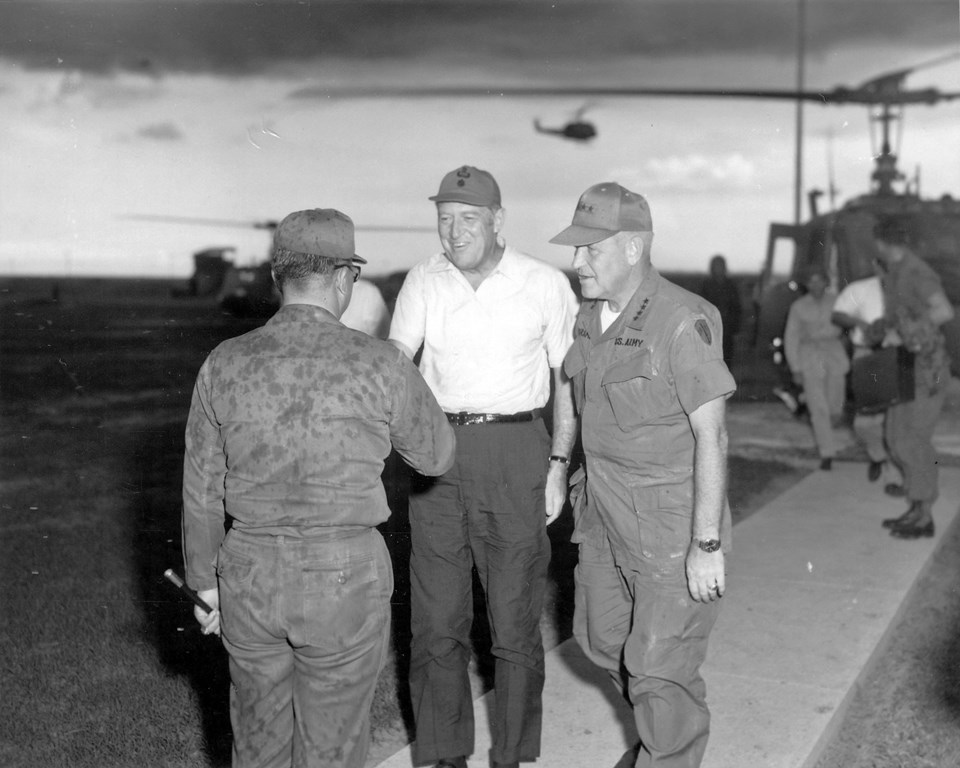MACV Strategic Objectives Plan Reemphasizes Pacification
May 1, 1969

General Creighton Abrams declares that the MACV Strategic Objectives Plan is the authoritative guidance for the conduct of the war. The plan reemphasizes pacification and the security of the South Vietnamese population, and calls for military operations specifically aimed at achieving that key objective.
As weakened Communist forces increasingly rely on insurgent actions, Abrams’s plan shifts MACV’s operational emphasis. The plan is an evolution of General Westmoreland’s pacification campaign, but because of Nixon’s Vietnamization policy, there is more emphasis on the improvement of South Vietnamese forces. Although MACV reaches many of the plan’s statistical goals with these pacification campaigns, the statistics do not necessarily reflect real improvement. The underlying purpose of the campaign is to convince the American public, press, and politicians of real and lasting progress. This is never accomplished, and questions persist as to whether the South Vietnamese armed forces can enforce population security as U.S. forces withdraw.1